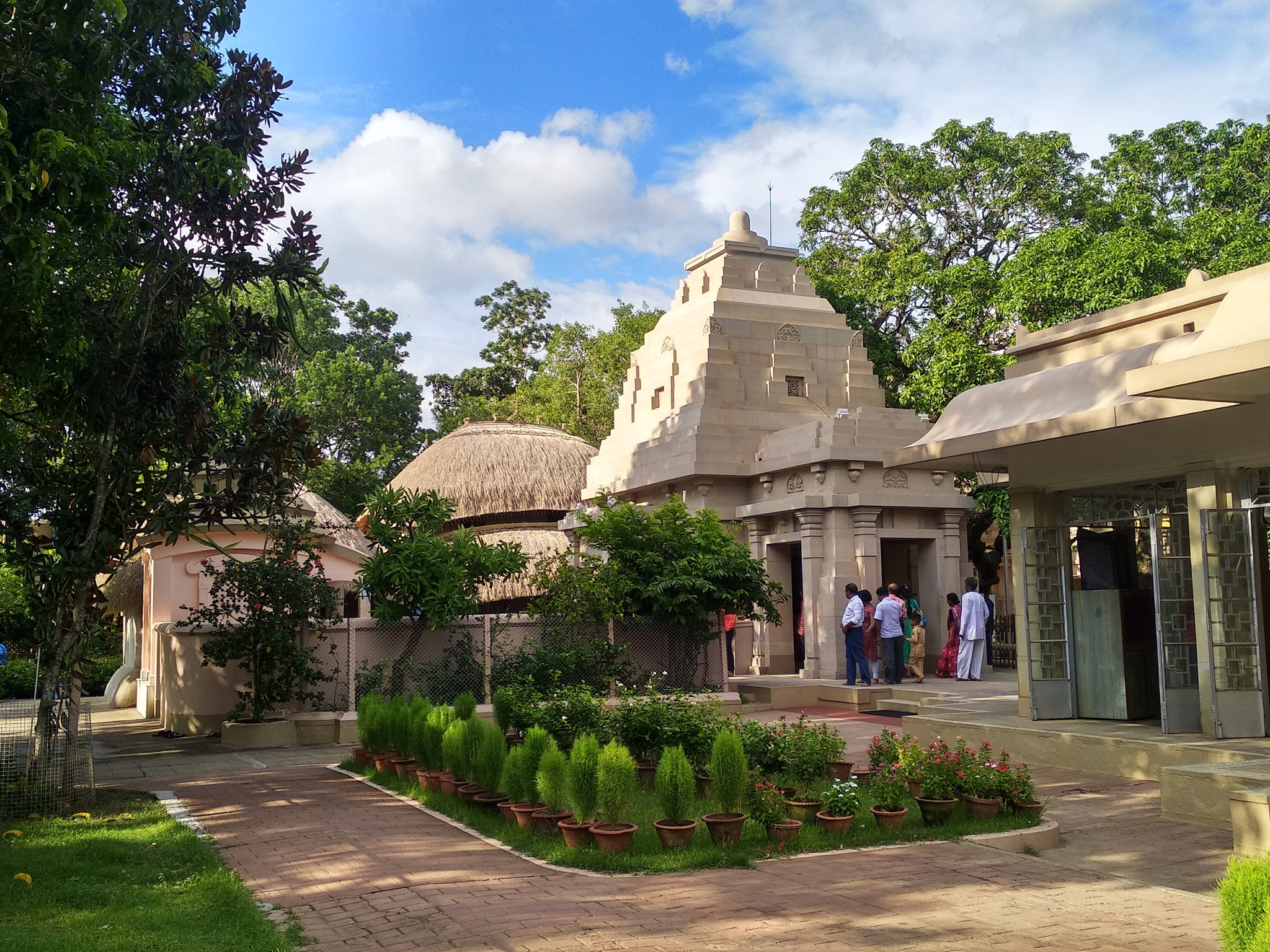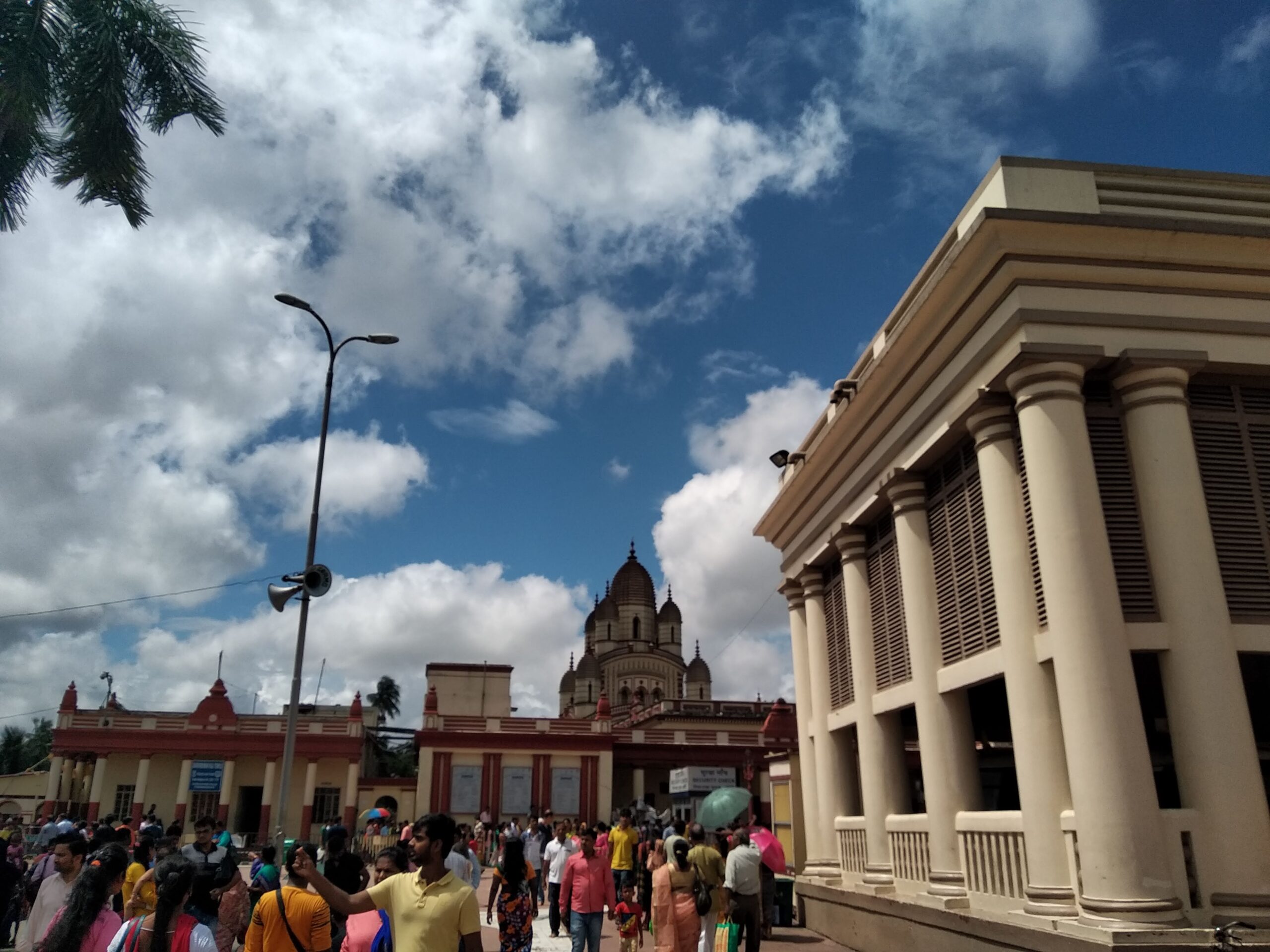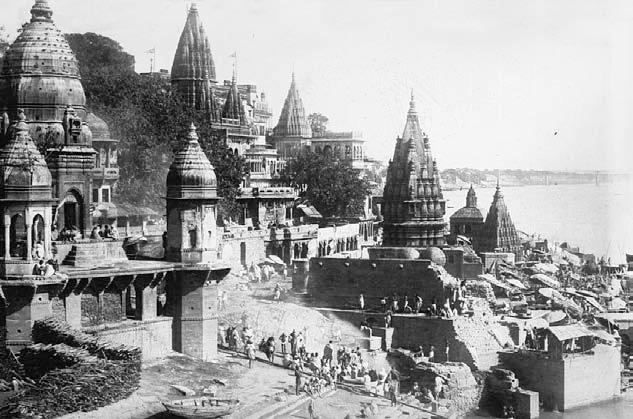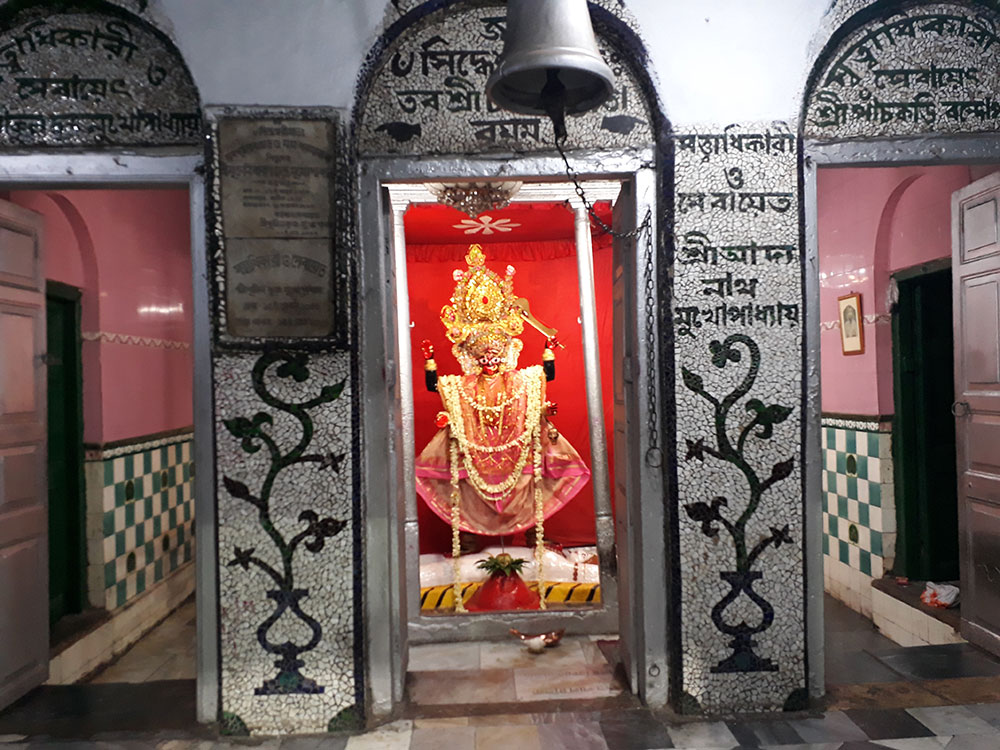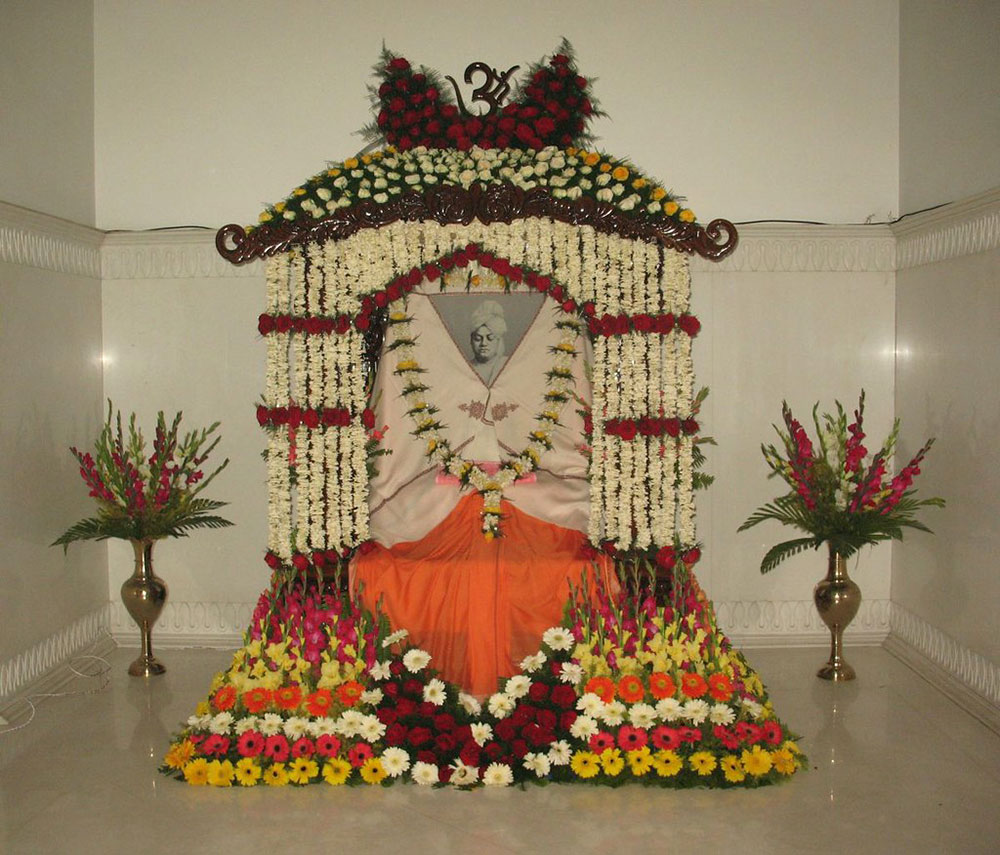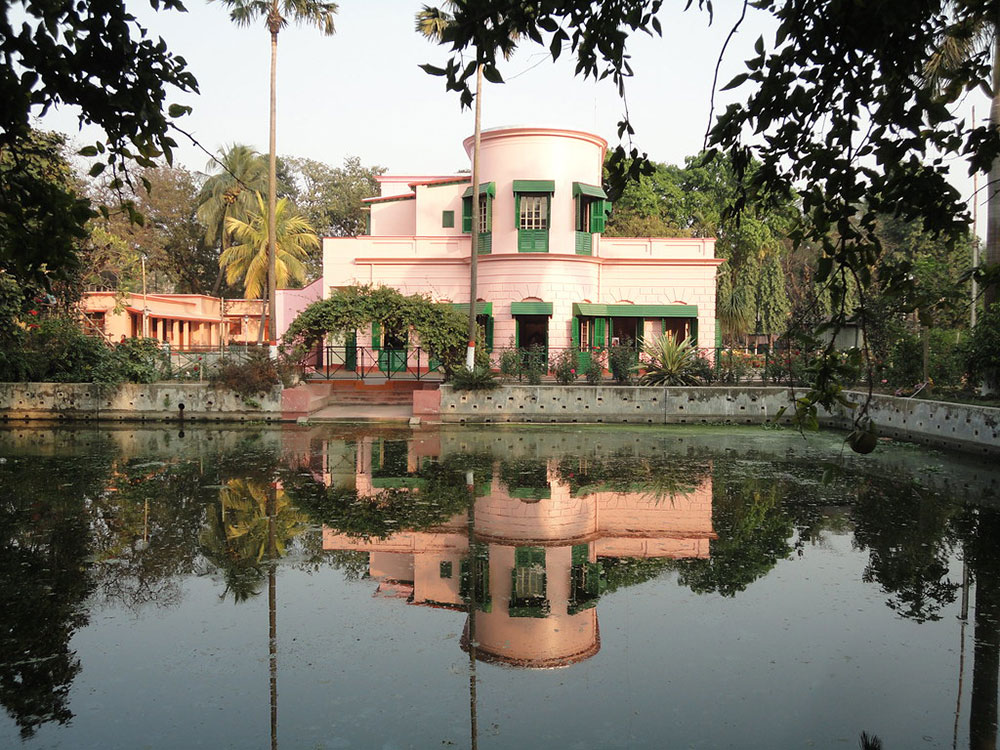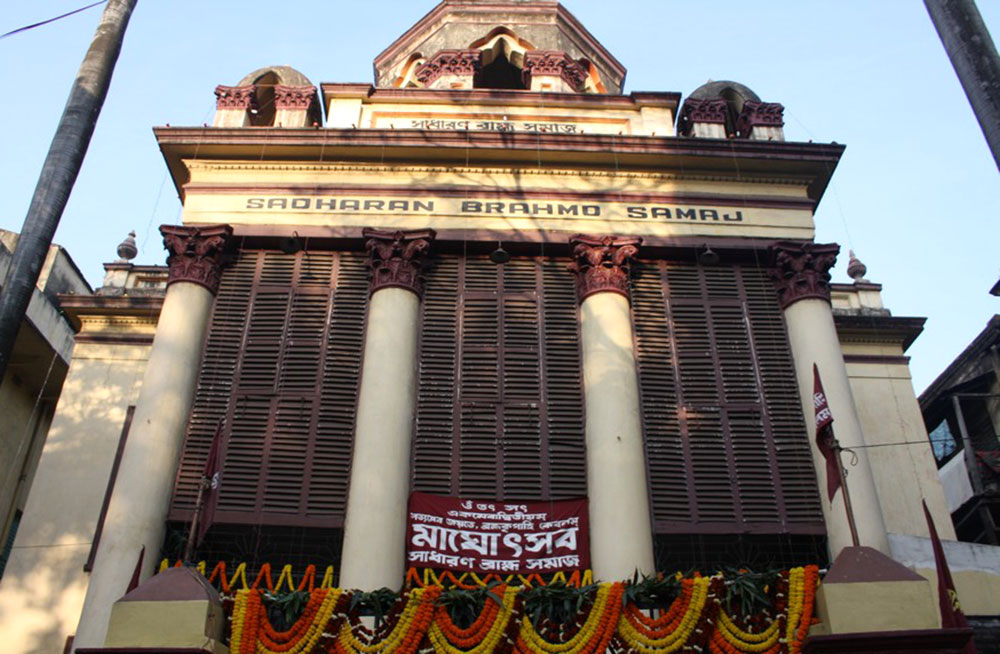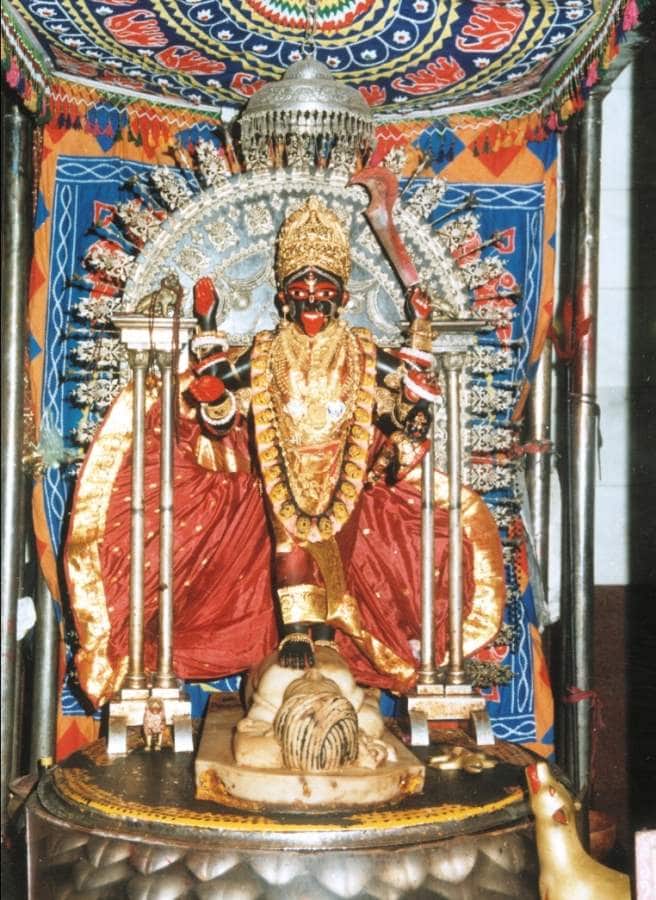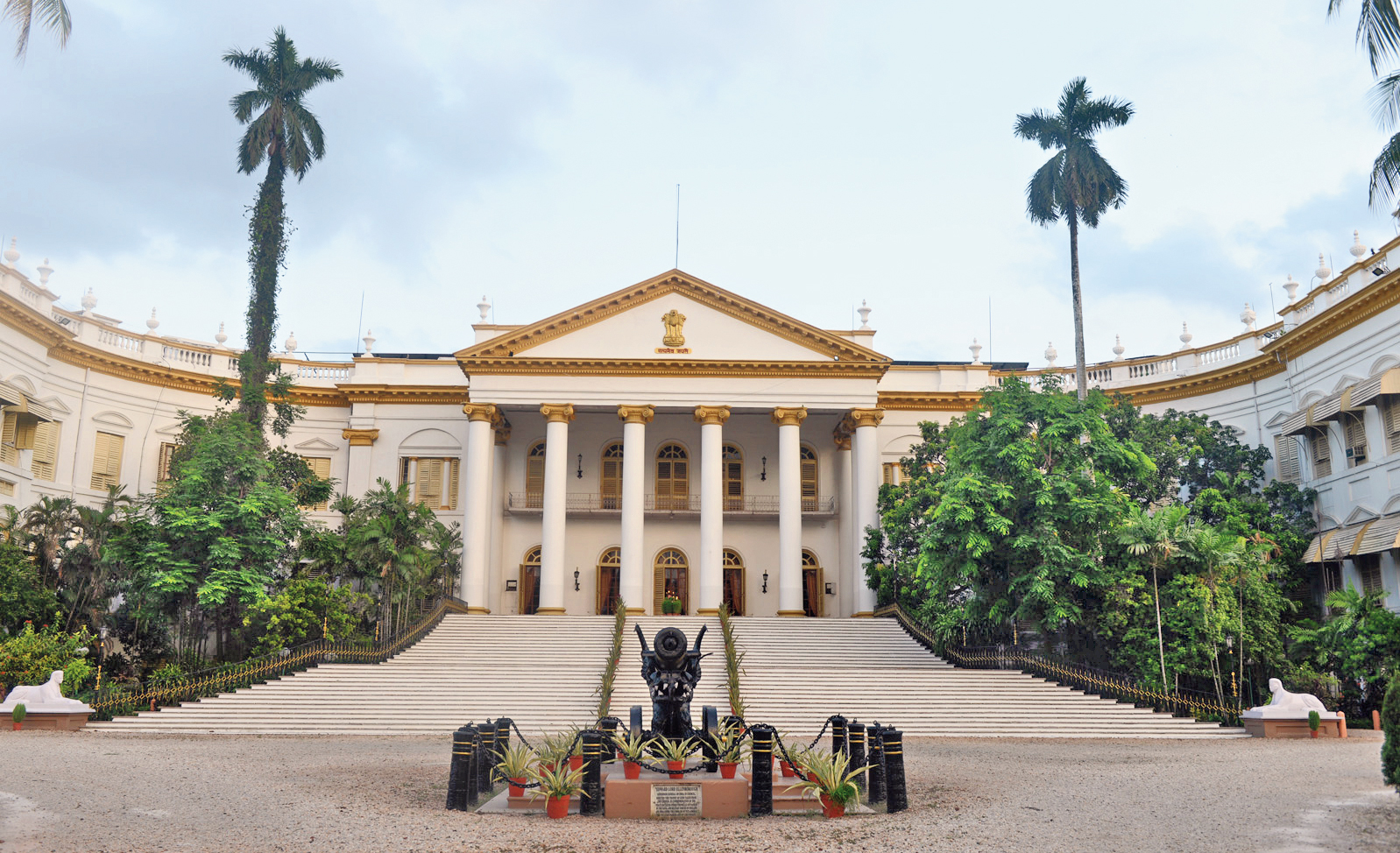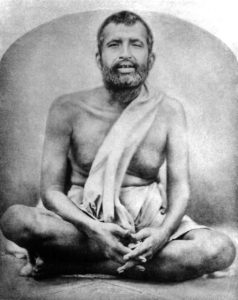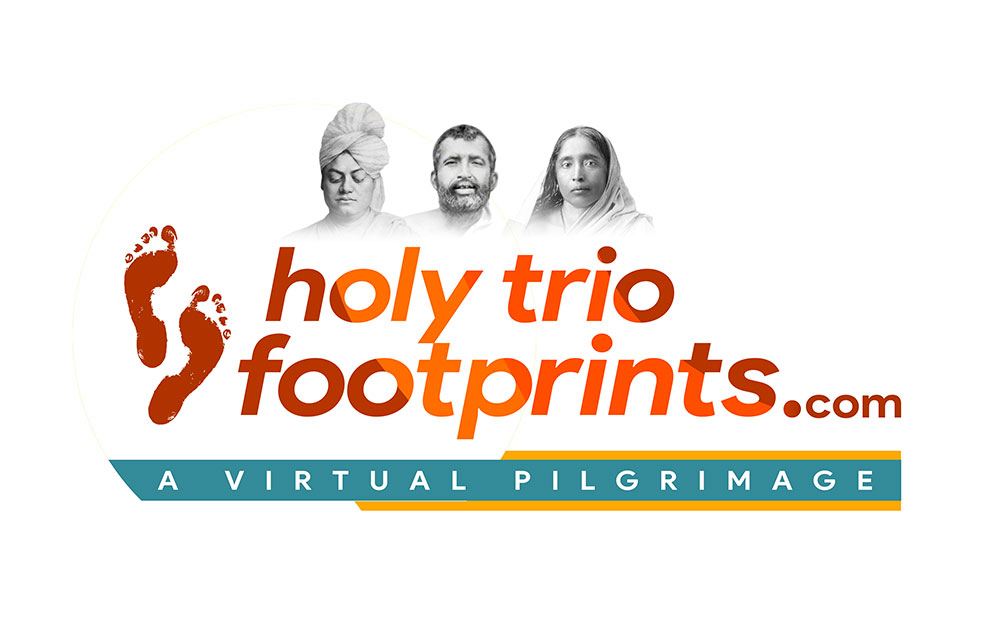Sri Ramakrishna
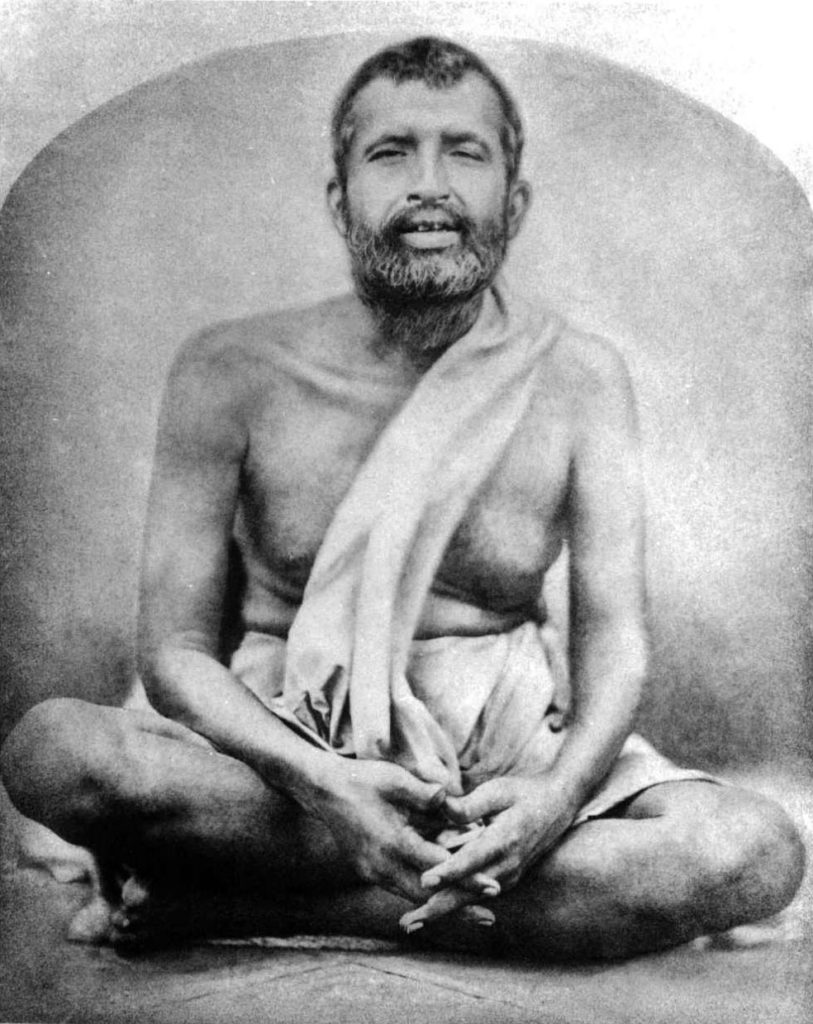
Yugabatar Sri Ramakrishna was born on February 18, 1836 in the village of Kamarpukur, about sixty miles (96 kms) west of Kolkata. His noble parents, Khudiram Chattopadhyay and Chandramani Devi, were humble in worldly status but extremely rich in piety and virtue. Even as a young child, Gadadhar (since Sri Ramakrishna was born after his father, on a pilgrimage to Gaya in 1835, had a dream of Bhagwan Vishnu-the ‘Bearer of the Mace’ promising to be born as his son, the child was named Gadadhar) was adored by the villagers, and it was clear that his destiny was not tied to mundane education or worldly matters. From an early age, he was drawn to the divine and his heart longed to serve holy men and listen to their teachings. When he was just six or seven years old, Sri Ramakrishna had his first experience of spiritual ecstasy when he fell unconscious on the ground after watching a flock of snow-white cranes fly against a dark sky — a profound spiritual experience that would become the hallmark of his life. The passing away of his father in 1843 deepened his devotion and spiritual yearning. At the age of nine, in accordance with Brahminical tradition, he was vested with the sacred thread, thus making him eligible to conduct ritual worship.
A Divine Mission at Dakshineswar
In 1852, when he was sixteen years old, Sri Ramakrishna came to Kolkata to join his elder brother Ramkumar to assist him in his priestly duties. Little did anyone know that this simple beginning would lead to a divine mission of universal significance. In 1855, the holy Kali Temple at Dakshineswar was consecrated and Ramkumar became the chief priest. Soon after the passing away of his elder brother in 1856, Sri Ramakrishna was appointed the chief priest and he was assisted by his nephew Hridayram Mukhopadhyay. For Sri Ramakrishna, the temple was not merely a place of practising rituals—it was a sanctum for his profound love and devotion to Mother Kali. His intense prayer and yearning for Mother’s living vision resulted in the Mother of the Universe revealing Herself before him as infinite, effulgent Ocean of Consciousness embracing all creation.
Unceasing Spiritual Sadhana
Thereafter, Sri Ramakrishna used to remain immersed mostly in God-intoxicated state. In the year 1858, Haladhari, Sri Ramakrishna’s cousin, was appointed priest at Dakshineshwar and Sri Ramakrishna went back to Kamarpukur, where he stayed for about a year and a half. In the year 1859, his marriage was arranged with Saradamani Mukhopadhyay (Ma Sarada Devi) of Jayrambati, hoping it would bring him back to worldly life. But unmoved by worldly ties, Sri Ramakrishna, after returning to Dakshineswar in 1860, plunged into intense Sadhana and attracted the guidance of various enlightened Gurus. In the year 1861, Bhairavi Brahmani came to Dakshineshwar to help Sri Ramakrishna attain perfection in all the 64 intricate Tantric kriyas in a matter of just two years. In the meantime, Chandramani Devi shifted in 1863 from Kamarpukur to Dakshineshwar to stay with Sri Ramakrishna.
Jatadhari, a wandering Vaisnava monk came to Dakshineswar in 1864 and under his tutelage, Sri Ramakrishna mastered the ‘Vatsalya Bhava’. Later in the same year, Advaita Vedantist Srimat Totapuri came to Dakshineswar and initiated Thakur into Sannyas and taught him Vedanta. Under the guidance of Totapuri, Thakur Sri Ramakrishna attained Nirvikalpa Samadhi and continued to remain in the state of non-duality for three consecutive days, after which an amazed Totapuri who himself had needed forty long years to reach this state, helped him return to the relative plane. Totapuri left Dakshineswar after eleven months. After his departure, Sri Ramakrishna remained in the state of absolute identity with Brahman for six months and survived physically by the care of a noble hearted monk staying in Dakshineswar during that period who realized that the physical body of Sri Ramakrishna must be preserved for the welfare of mankind and hence took upon himself to feed him by pushing very small amount of food into his mouth in his transient moments of consciousness.
Universal Embrace of All Faiths
Sri Ramakrishna followed all the paths shown by all the sects in Hinduism and reached the same Absolute. He realized that the different steps are only the different paths leading to the same God. Such was Sri Ramakrishna’s thirst for the Divine that he transcended the boundaries of Hinduism, seeking God through every faith.
He started practicing Islam towards the end of 1864 under the direction of a Muslim dervish Wajid Ali Khan, a convert from Hindu faith of earlier name Govinda Roy, and realized the same Absolute in three days. By the end of 1874, after hearing the Bible from Shambhu Charan Mallick, Sri Ramakrishna wanted to learn the truth of the Christian religion. In Jadu Mallick’s garden house, he saw the painting of Mother Mary with child Jesus in her arms. He became overwhelmed with spiritual ecstasy and remained in the state of union with Christ – the Love Incarnate on earth for three consecutive days. During this period, he did not visit the temple of Ma Bhavatarini even once and on the fourth day afternoon in Panchavati, he had the vision of Jesus Christ embracing and merging within him.
He practiced Islam and Christianity and realizing the Divine through each path, affirmed the eternal truth, “As many faiths, so many paths” (Yato mat, tato path). He saw the same divinity in Jesus, Buddha, and the ten Sikh Gurus and lived in a state of constant divine consciousness, recognizing the presence of God in all beings.
Divine Union with His Holy Consort
Ma Sarada Devi joined Sri Ramakrishna in March 1872 (Falgun, 1278 Bangali Calendar) in Dakshineswar. After about two months, on 5th June 1872 (Wednesday 22nd Joistho 1279) on the new moon night of Phalaharini Kali Puja, Sri Ramakrishna worshipped Ma Sarada as Shodasi, the third form of the Divine Mother according to Tantra. Both went into deep Samadhi and their souls were united in the transcendental plane. Thus, they lived together later demonstrating the ideal spiritual relationship of a man and a woman, thereby establishing the significance of the Upanishad that Brahman is neither man nor woman. Their divine exemplary life demonstrated that marital life could be a path of supreme purity to serve God.
The Arrival of Devotees
As a fully blossomed flower draws bees, so did Sri Ramakrishna attract devotees from all walks of life. In the year 1875, Sri Ramakrishna himself went to meet Keshab Chandra Sen, a Brahmo Samaj leader at the Garden House of Jaygopal Sen. Soon, many of the Brahma Samaj members started visiting Dakshineshwar. Sri Ramakrishna’s love, wisdom, and divine presence drew householders as well as a group of young men whom he prepared for a life of renunciation. Foremost among them was the future Swami Vivekananda, who would carry his master’s universal message across the world, reigniting the spirit of India and spreading the teachings of Vedanta far and wide. In the year 1882, Mahendranath Gupta, the headmaster of Ishwar Chandra Vidyasagar’s high school, came in touch with Sri Ramakrihshna, and became his intimate disciple. He maintained a stenographic record of Sri Ramakrishna’s conversations and actions in his diary, which finally took the form of the book-Sri Sri Ramakrishna Kathamrita. This was later translated as ‘The Gospel of Sri Ramakrishna’, a scripture of universal appeal that continues to transform lives even today.
The Master’s Divine Departure
In June 1885, he was diagnosed with throat cancer. For his treatment, devotees took Sri Ramakrishna to Shyampukur Bati in the month of October. Sri Sri Sarada Ma shifted from Dakshineswar to look after the ailing Thakur and prepare his meals. On 11th December, 1885 he was shifted to Cossipore Udyanbati. Surrounded by his beloved disciples, who served him with unwavering devotion, Sri Ramakrishna laid the foundation for the Ramakrishna Order. On 16th August 1886, our beloved master uttered the name of the Divine Mother one last time and merged into the infinite leaving a legacy of harmony of all faiths, all paths and embodiment of all ideals, that will continue to illumine eternally the path of spiritual seekers around the world.
ॐ स्थापकाय च धर्मस्य सर्वधर्मस्वरूपिणे।
अवतारवरिष्ठाय रामकृष्णाय ते नमः ॥
